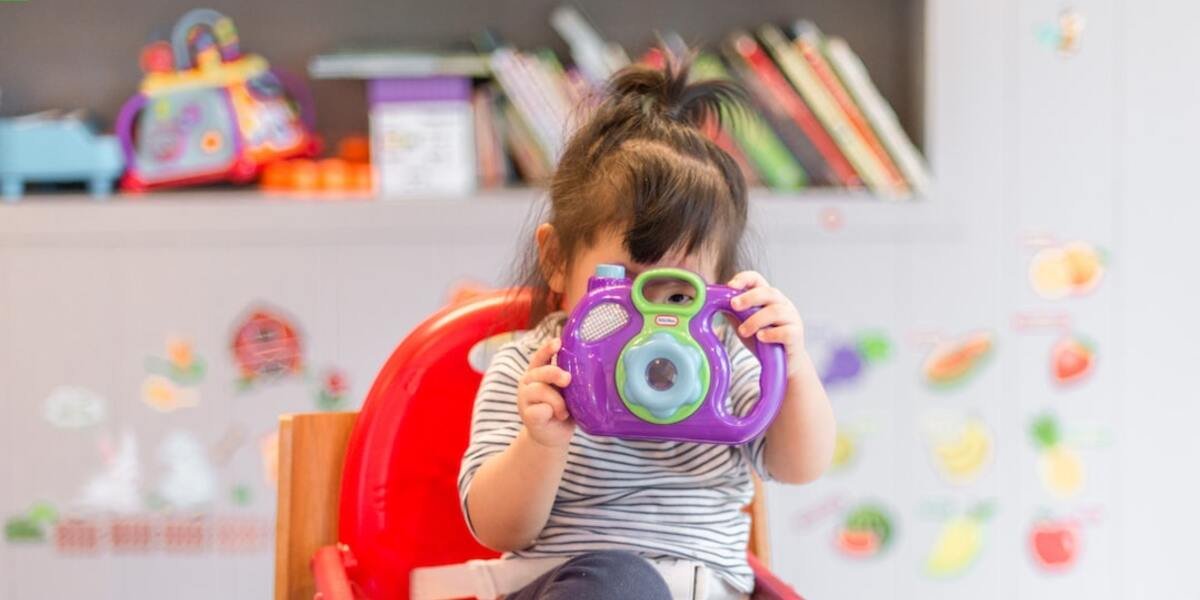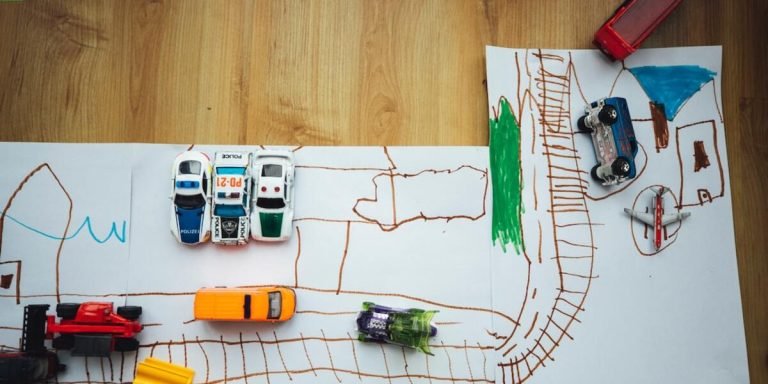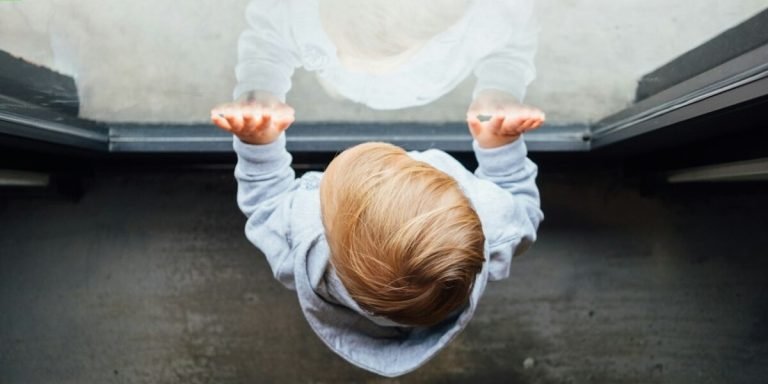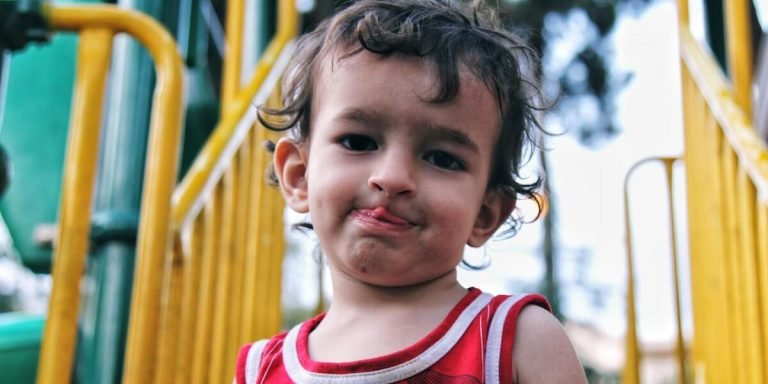Why Montessori is Bad: An Unbiased Look into the Methodology
Many parents and educators often wonder, “Why is Montessori bad?” when they first encounter the unconventional practices of this teaching methodology. The Montessori method has been a topic of debate in early childhood education for its seemingly alien principles compared to traditional pedagogical approaches. It’s essential to understand that Montessori isn’t necessarily ‘bad’, but it may not match every child’s learning style due to certain aspects.
This blog post will delve deep into these controversial elements, providing an unbiased analysis at why some believe Montessori schooling might be detrimental for children’s growth and development stages. We’ll highlight key concerns related to independence promotion, lack of structure, mixed-age classrooms among others within the realm of early childhood education – enabling readers to make informed decisions regarding their young ones’ educational path.
Did you know?
While Montessori encourages self-directed learning, it may not suit children who thrive in a structured environment as the lack of traditional grading systems can lead to confusion regarding academic performance.
The Contested Effectiveness of Montessori Approaches
The Montessori method of early childhood education, which has been around for over a century, emphasizes independence and freedom within limits. However, it is not without controversy or critique. Some parents and educators assert that the flexibility inherent in this approach can lead to children lacking discipline and structure.
A major area where Montessori schools often face criticism is their unstructured curriculum design. Unlike traditional schooling systems with set timetables and strict curriculums outlining what should be learned at each stage, the focus on child-led learning in Montessori classrooms sometimes raises concerns about educational rigor. Critics argue there may be gaps left unfilled because students drive their own academic exploration rather than following a specific roadmap guided by an educator.
Additionally, critics point out that social skills might lag behind due to lack of direct competition encouraged among peers in Montessori environments. Children are taught self-reliance from very young age but some contend this format neglects fostering teamwork skills as much as conventional school settings do.
In 2023 context – notwithstanding virtual learning impacts resulting from recent global health events – these ongoing debates regarding effectiveness add further layers to deliberations concerning whether adopting the ‘Montessorian’ way really benefits every child universally since individual needs vary greatly amongst younger learners especially.
Examining Student Outcomes in Montessori Education Systems
Montessori education systems have gained significant attention, given their transformative approach to early childhood learning. However, they are not without controversy or criticism – prompting a careful examination of student outcomes within these settings.
In assessing why some argue Montessori is bad, it’s fair to first acknowledge the unique aspects that make this method stand out in today’s dynamic educational landscape. Montessori schools foster self-confidence and independence by allowing children to explore materials freely at their own pace. Nevertheless, critics shed light on potential downsides worth considering for parents deliberating over enrollment decisions.
One primary concern raised among skeptics revolves around individualized learning philosophy inherent in Montessori pedagogy. While fostering independent thinking can be positive, too much autonomy might prevent kids from understanding the importance of group work and co-operation – skills essential as they progress through higher academic levels.
The lack of structured curriculum often raises eyebrows too. Critics counter-question if students may potentially miss crucial lessons since there are no predetermined guidelines followed religiously like conventional teaching methods? The absence may create gaps preventing smooth transition into mainstream school environments where more formal instruction reigns supreme.
Moreover, it has been hawk-eyed that experiences vary widely across institutions using ‘Montessori’ name-tag yet failing adherence strictly towards Maria Montesori principles inhibiting consistency in quality delivered amongst diverse places leading again possibly fueling “why montesorri could be considered as bad”.
Critiques Regarding Pace and Individual Learning Trajectories
Montessori education is a well-known approach in early childhood development, offering unique benefits that distinguish it from traditional methods. However, certain critiques also question its effectiveness. One of the main concerns revolves around “pace and individual learning trajectories”, which look at how different children learn when using this method.
Firstly, Montessori schooling champions self-paced learning – an aspect critics argue can lead to comparative disadvantages. This unconventional principle empowers students to initiate their educational adventures based on their personal interests and pace. They emphasize exploration over guidance but provide limited space for structured instruction standard across regular schools.
Here’s one perspective – lack of structure could leave some kids behind as they might not naturally gravitate towards challenging topics or exercises if left entirely on their own volition.
Secondly, equally worrying for parents contemplating whether such an academic setting suits their child is accommodating distinct learning curves among student bodies since each learner has inherently varied interests and strengths—an inherent challenge given the autonomy-oriented nature of Montessori pedagogies.
Furthermore, providing tailored instructions fitting every child’s pace poses another complication—teachers might struggle allocating equal attention amongst pupils within classroom settings due to differing advancement speeds propelled by autonomous activities predominantly characterizing these alternative institutions.
Disparities in Access and Equity Within Montessori Settings
When we ponder upon the robust Montessori educational approach, it’s crucial to reflect not just on its strengths but also its limitations. A contentious issue that often surfaces is disparities in access and equity within Montessori settings. The essence of a true Montessori education lies in fostering independence, self-directed learning, and respect for individual growth rates; however these benefits prove elusive when accessibility becomes compromised.
The first challenge comes with economic barriers as the cost of enrolling a child into a private Montessori school can be considerably high – an expense many families find hard to shoulder. Publicly funded options do exist but they are limited in number leading us straight back to the issues surrounding availability and reachability.
Additionally, inconsistencies may arise due to lack of proper training among educators causing disparity in how curriculums are delivered across schools under this banner. Quality control diverges greatly from one center to another owing both towards variable level competency amongst teachers as well as uneven adherence protocol regarding maintaining standards specific for early childhood education at different locations.
Lastly yet importantly stands questions relating inclusivity policies inside various institutions which if inadequately paid heed too could sabotage equitable treatment principle basic ethos held dear by Maria herself while formulating these methods initially during 20th century Italy goes against very grain universal children rights today’s society demands uncompromising stand taken behalf.
Socioeconomic Barriers to Entry for Diverse Populations
Understanding the economic divide in Montessori settings is crucial to analyzing why some critics argue that “Montessori is bad”. It’s not so much about the methodology being flawed, but more about how it can unintentionally lead to socioeconomic barriers. This issue often results in a lack of diversity and inequity within these education institutions.
Critical examination reveals several reasons behind this wealth gap. Firstly, Montessori schools typically levy considerable tuition fees which many families find difficult to afford. The high cost of admission excludes lower-income households from accessing this educational model leading to homogeneous classrooms lacking socio-economic diversity.
Secondly, location poses another barrier for diverse populations. Many Montessori schools are situated in affluent neighborhoods making it burdensome for low-income families living far away from such areas due primarily because commuting becomes both expensive and time-consuming.
Thus while montesorri method itself brings numerous benefits towards early childhood education including fostering independence,self-discipline and nurturing creativity .The steep financial requisites amongst others implies limited accessibility especially among marginalized communities giving rise fo disparities linked with social division whereas quality eductaion should be prerogative pf every child ,irrespective his/her background .
Challenges with Inclusivity and Special Educational Needs Adaptation
Firstly, let’s talk about why montessori is bad in terms of inclusivity. While such an educational approach strives to nurture each child individually, some view it as failing in its attempt at including all students equitably. In a diverse classroom setting where children from different ethnic backgrounds or socio-economic statuses learn together, discrepancies often surface on account of individualized instruction methods that may not cater effectively to everyone.
Secondly with regard to SEN adaptation. The ‘follow-the-child’ philosophy central to Montessori teaching might struggle with addressing special needs which are more complex or intricate than general learning challenges faced by young ones. This disadvantage stems primarily from the belief that every child learns differently – while this theory sounds promising and flexible initially; for those requiring additional support due their specific conditions like autism or ADHD, it could be counterproductive.
Furthermore, another observed challenge relates directly back onto teachers who sometimes lack sufficient knowledge and expertise necessary for handling unique situations presented by learners with differing abilities levels within same environment thereby pushing them out rather retaining inclusive participation across board considering diversity among student population prevalent today (2023).
Comparing Traditional Versus Montessori Methodologies
In the discourse of early childhood education, parents and educators often find themselves weighing up traditional teaching methodologies against alternative approaches like the Montessori method. While there are undeniable merits within Maria Montessori’s philosophy that emphasizes child-led learning, autonomy and experiential knowledge acquisition, some critics highlight potential pitfalls.
At a glance, the flexibility inherent in this pedagogy appears attractive when juxtaposed with conventional regimented school settings. Children can freely explore personal passions and interests while cultivating self-reliance by making decisions about their activities throughout the day. Such freedom fosters an innate love for learning – a trait pivotal to lifelong intellectual growth.
However, detractors point out too much independence may potentially lead to lack of discipline or structure which could be detrimental later on in life where conforming to societal norms is inevitable . Furthermore they argue that underdeveloped cognitive skills at such tender age might not equip them adequately enough to make effective choices regarding what they need learn next leading skill gaps over time.
Overall it’s crucial take into consideration various perspectives before drawing conclusion solely based on binary thought process as ‘good’ ‘bad’. Every methodology has mixed bag outcomes therefore key lies discernment understanding unique needs individual learner thereby choosing most suitable path educational journey.
Potential Limitations of Teacher-Directed Instruction in Montessori Classrooms
To begin with, one possible drawback lies in the fundamental structure of a Montessori classroom—primarily self-guided learning. Herein, teachers serve as observers rather than traditional leaders delivering predetermined lessons. While this allows children freedom to explore their interests at their pace under supervision; it also poses an issue when kids struggle with certain concepts or become resistant towards exploring unfamiliar topics.
Consequently, an overly independent environment might hinder effectively teaching core curriculum subjects critical for later academic progression if left unaddressed; potentially impacting pupils’ transition into more traditionally structured environments.
Another limitation involves skill mastery. The lackadaisical pacing characteristic of a Montessori setting often means less emphasis on repetition—a method typically used to cement grasping new skills or knowledge that are considered essential building blocks for future complex tasks.
Lastly worth mentioning is social interaction—or lack thereof—that arises from such personalized schooling experiences provided by the Montessori method. Youngsters choosing activities based solely on personal interest sometimes miss opportunities cultivating vital collaborative and interpersonal skills learned through group activity participation common in conventional classrooms.
Analyzing the Rigidity of Material-Based Learning within Montessori Philosophy
In the panorama of early childhood education, Montessori Method has been gaining ample popularity. Parents and educators have embraced this method for its child-centered approach to learning. However, a commonly searched term in 2023 is “why Montessori is bad”.
It seems like some drawbacks are associated with this methodology that may raise concerns among parents or guardians.
One aspect often comes under scrutiny when discussing why Montessori might be considered disadvantageous – material-based learning’s rigidity within the Montessorian philosophy. As per the methods espoused by Dr Maria Montessori herself, specific materials designed specifically for self-directed learning form a cornerstone of each classroom setup.
These educational resources encourage children towards exploration and discovery at their own pace while reinforcing hands-on interaction as an imperative part of comprehending concepts – all advantages indeed! Yet it’s essential to delve into how such an ingrained reliance on these tools could potentially disillusion both preceptors and students alike.
To begin with, not every child learns best through tactile stimulation alone. Kids harbor diverse cognitive styles; many thrive better with auditory or visual content rather than physical interaction exclusively offered by these items which can result in ‘hidden’ exclusivity leaving certain learners unable to maximize potential development opportunities effectively contradicting inclusivity aims portended within any successful teaching practice scenario.
Conclusion
In essence, while there are reasons ‘why Montessori is bad’, it’s worth remembering that no educational methodology is one-size-fits-all. The presence of some drawbacks shouldn’t discount the many benefits this approach offers for certain children. It all relies upon each child’s individual needs and learning style.
So as you navigate through your journey in childhood education, always keep an open mind about various methodologies like Montessori because knowledge really does empower! Explore our website further for a plethora of information on other educational theories and practices along with support resources for both parents and educators.







